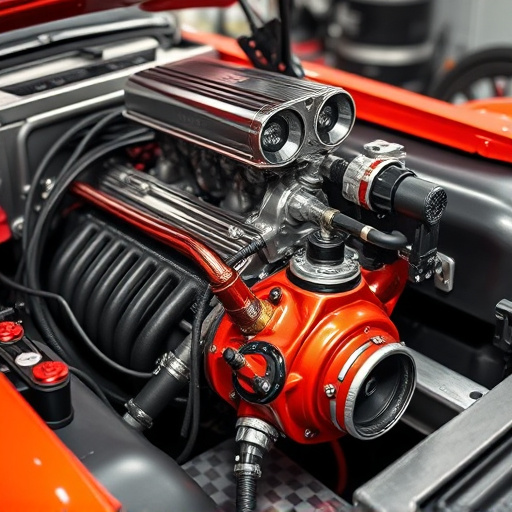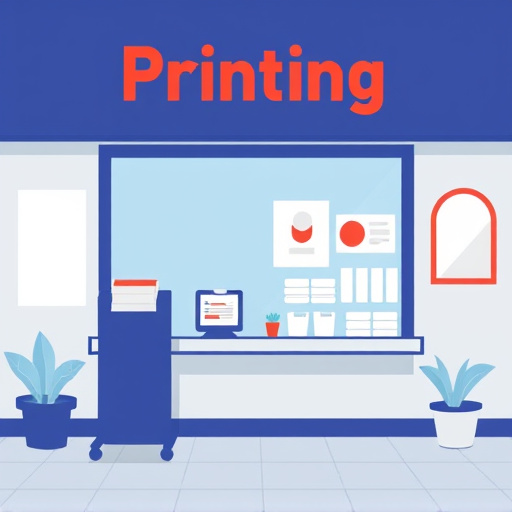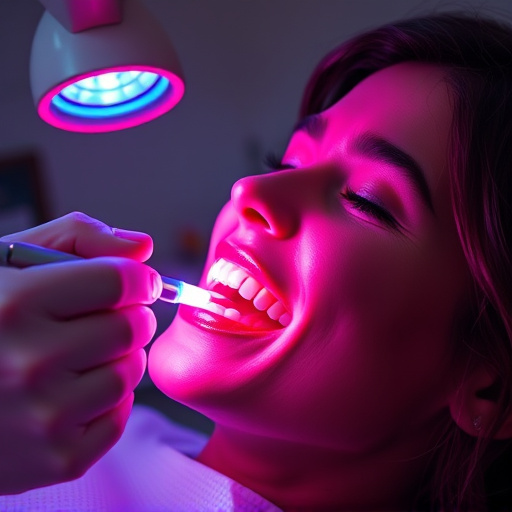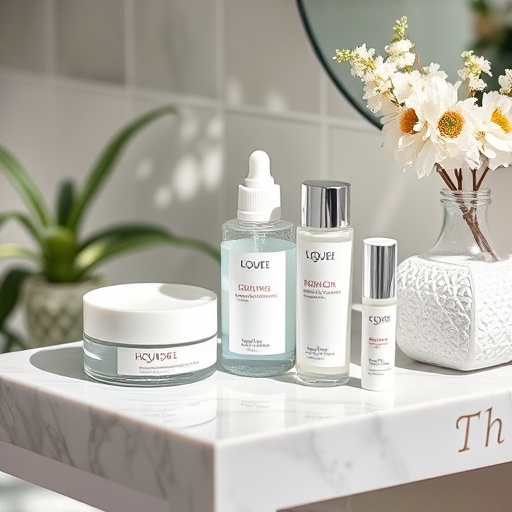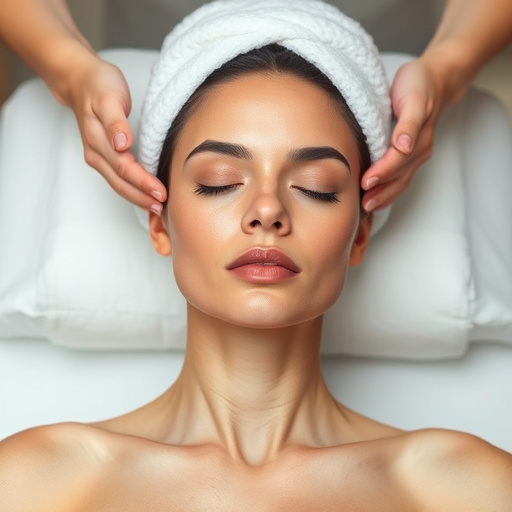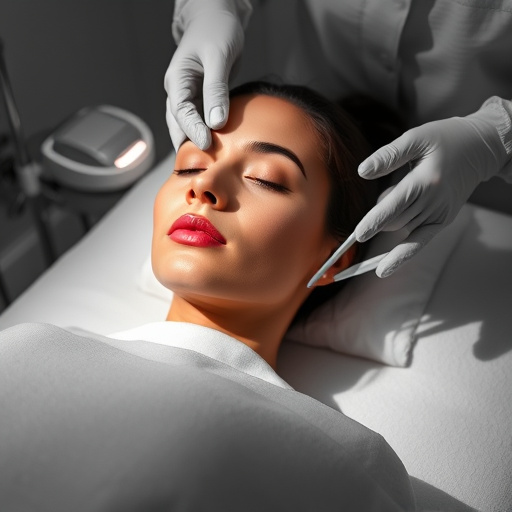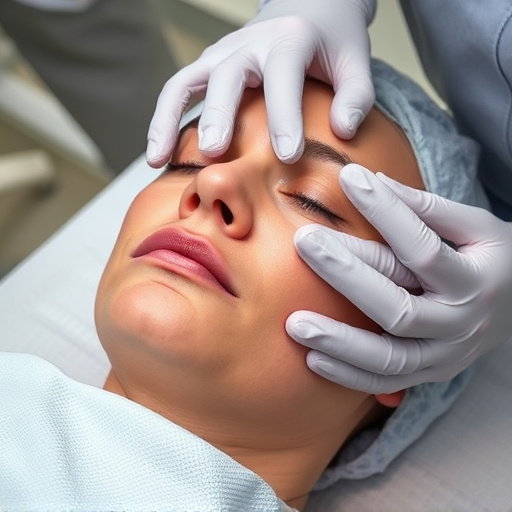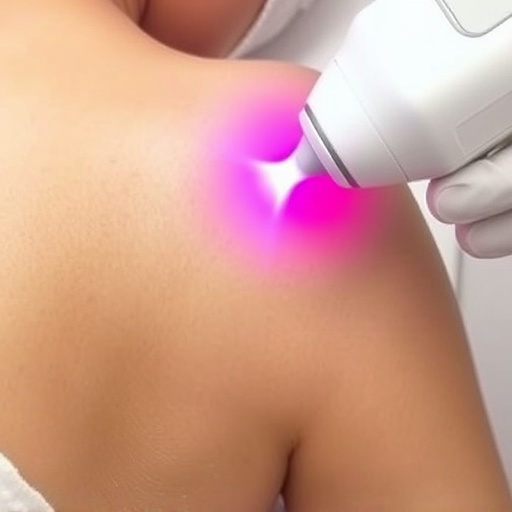Lactic acid peels can improve skin texture and tone but pose risks for sensitive or compromised skin. Active acne, eczema, and certain meds may increase irritation. Consulting a dermatologist is crucial before attempting a lactic acid peel. Alternative options like microneedling, retinoids, and AHAs offer safe, effective results without potential risks.
“Uncover the delicate balance of skincare with our guide on when to steer clear of lactic acid peels. Lactic acid peels, known for their exfoliating prowess, offer a range of benefits from smoothing fine lines to brightening the complexion. However, not everyone is a candidate for this treatment. This article explores who might need to avoid these peels and presents safe alternatives for achieving radiant skin without potential risks associated with lactic acid peel treatments.”
- Understanding Lactic Acid Peels: Benefits and Risks
- Who Should Avoid This Skin Treatment?
- Safe Alternatives for Healthy Skin Exfoliation
Understanding Lactic Acid Peels: Benefits and Risks
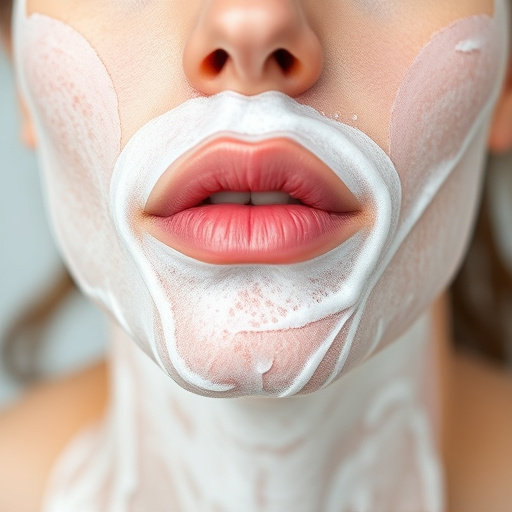
Lactic acid peels are a popular skin treatment known for their ability to enhance skin texture and tone. This exfoliation method involves applying a chemical solution containing lactic acid, which gently removes dead skin cells, revealing smoother, brighter-looking skin beneath. Lactic acid is a natural humectant and alpha hydroxy acid (AHA), making it effective in hydrating the skin and promoting collagen production. These peels are often recommended for individuals seeking improvement in fine lines, wrinkles, hyperpigmentation, and overall skin texture.
However, like any cosmetic procedure, lactic acid peels come with potential risks. While generally considered safe when performed by trained professionals, certain factors may make them unsuitable or risky for some individuals. People with sensitive skin, those currently taking certain medications, or those with specific skin conditions like active acne or eczema should exercise caution. Additionally, lactic acid peels might not be the best choice for those seeking more aggressive treatments like microneedling therapy or extensive chemical peels, as they offer a gentler approach to skincare. Consulting a dermatologist or medical spa professionals is crucial to determining if a lactic acid peel aligns with your skin safety goals and overall health.
Who Should Avoid This Skin Treatment?
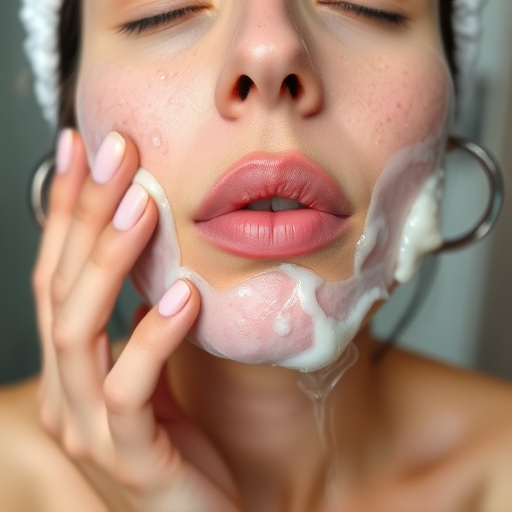
Those with sensitive skin or certain medical conditions should exercise caution when considering lactic acid peels. Individuals with active acne, eczema, rosacea, or other inflammatory skin issues may experience irritation, redness, and potential worsening of their condition post-treatment. If you’re undergoing procedures like laser hair removal or considering advanced treatments at a medical spa for pore refinement, consulting your dermatologist before trying a lactic acid peel is essential.
Additionally, people with a history of severe allergies, those taking certain medications that can cause increased sensitivity, and individuals with skin conditions that make healing difficult should avoid this procedure. It’s crucial to remember that while lactic acid peels offer numerous benefits for many skin types, personal health history plays a significant role in determining suitability.
Safe Alternatives for Healthy Skin Exfoliation
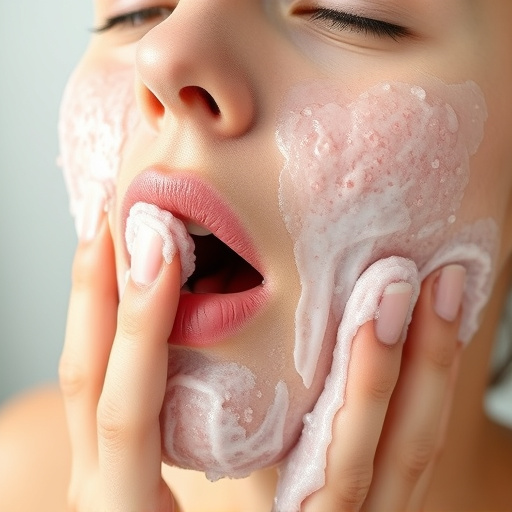
For those seeking alternative methods to achieve healthy skin exfoliation, there are several safe and effective options beyond lactic acid peels. Chemical peels, while popular, might not be suitable for everyone due to their potency, with some individuals being more sensitive or having specific skin conditions that require caution. Luckily, other treatments offer remarkable results without the potential risks associated with certain chemical peels.
Microneedling therapy has gained traction as a go-to alternative. This procedure involves using fine needles to create tiny channels in the top layer of the skin, stimulating collagen production and enhancing skin texture. It’s particularly beneficial for acne scars and uneven skin tone. Additionally, topical treatments like retinoids or alpha hydroxy acids (AHAs) can provide gentle exfoliation while promoting cell turnover and improving overall skin health. These options are often easier to incorporate into daily routines, offering a wide range of benefits without the intense nature of lactic acid peels.
While lactic acid peels offer potential benefits for skin exfoliation, it’s crucial to prioritize skin safety. Certain individuals, such as those with sensitive skin conditions or taking specific medications, should avoid this treatment due to increased risk of irritation and adverse reactions. Luckily, safe alternatives like chemical free exfoliants, gentle physical scrubs, and regular hydration routines can achieve healthy skin without the potential drawbacks of lactic acid peels. By understanding your skin’s needs and exploring these alternative methods, you can maintain a radiant, healthy complexion safely.

